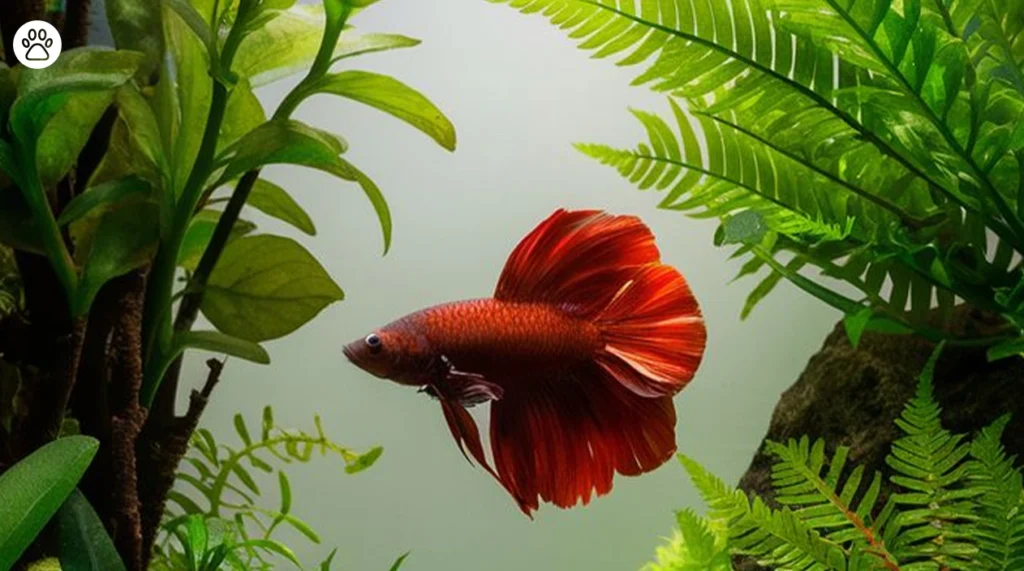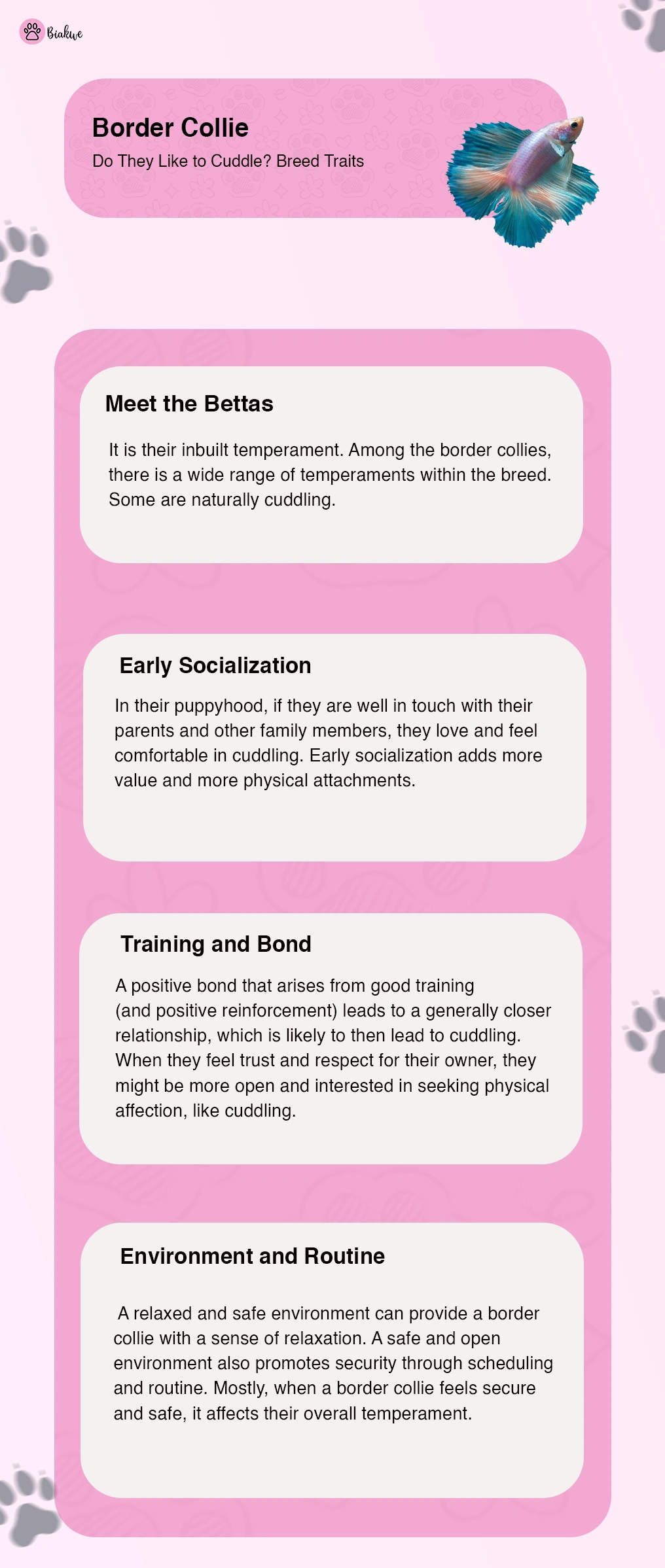Betta fish, a jewel of water, originate from water bodies in Southeast Asia. It is one of the top favorite aquarium fish in the world today. Betta fish are known for their striking colors and fascinating shapes and are a big hit for fish keepers. Bettas are the Siamese fighting fish, which are native to Southeast Asia. Still attractive for the beauty of their colors, fin shapes allow a fantastic range of bettas for the aquarium.
It’s essential to know in detail about betta fish types, and a tank guide to provide them with a healthy and fulfilling living space. Here in this blog, we will discuss betta fish varieties. You need to know how to care for them and set up a tank for the freshwater fish.
Betta Fish Types
The century-long selective breeding of betta fish has produced a remarkable variety of colors and fin forms. From the deep tones of the blue betta fish to blazing reds and brilliant yellows, the chromatic options look limitless. Let’s explore some of the most commonly kept betta fish species depending on their color:

Variations in Colors
Solid colors
These betta fish show throughout their body and fins a single, consistent color. Popular solid colors consist of:
- Blue Betta Fish
From pale sky blue to dark indigo.
- Bi-colors
As their name implies, they show two different colors. The fins and body might be matching or contrasting colors.
- Marbled betta fish
It has two or more colors’ worth of inconsistent patterns that may change over time. These wonderful betta fish have heavy, metallic scales similar to the armor of a dragon.
- Koi
These betta fish show stains of red, white, and black, mimicking the patterns of koi carp.
- Candy
It is a rather recent color morph defined by a vivid mix of pastel hues, including pink, blue, and yellow.
Visit: The Ultimate Guide to Pets: Caring for Your Furry Friends
Betta Fish Varieties – Fin Shape Fantasies
Beyond their color, betta fish are distinguished by their many fin shapes. Through careful breeding, these variations have been refined to produce graceful and striking looks. Based on their fins, here are some well-known betta fish varieties:
- Veil Tail: Perhaps the most prevalent fin form is the veil tail, which has a long, flowing caudal (tail) fin that hangs downward.
- Delta-Tail: It resembles the Greek letter delta. Delta-tail betta fish have a caudal fin that spreads out in a broad, triangular form.
- Super Delta tails: They usually spread further than 180 degrees, sometimes beyond that.
- Halfmoon: The halfmoon is a much sought-after fin type in which the caudal fin creates a flawless 180-degree semicircle.
- Over-Half moon: These betta fish possess caudal fins that reach beyond 180 degrees.
- Plakat: Betta fish mimic their wild forebears with shorter, rounder fins as seen on plakats. Often, they are more active swimmers.
- Crown tail: These betta fish have long fin rays on their caudal, dorsal, and anal fins, so resembling spiky, crown-like beings.
- Halfmoon Plakat: (HMPK) is a type that mixes the broad caudal spread of a half moon with the short fins of a plakat.
- Spade-Tail: As the name implies, the caudal fin of a spade-tail betta fish narrows to a sharp point.
- Rose-tail: betta fish have several ruffled layers in their fins, producing a rose-like or feathery look.
- Butterfly Betta: A school of butterfly betta fish with their distinct wing scape patterns.
- Black Betta: Solid black, shiny black patterned body. This Betta is elegant and striking.

Betta Fish – Where Do They Come From?
Before you bring a betta fish into your home aquarium, it’s vital to know where do they come from. Scientifically known as Betta splendens, the betta fish grows in shallow freshwater environments in Southeast Asian countries including Thailand (formerly Siam), Cambodia, Laos, Vietnam, and Malaysia. Warm temperatures, thick plant cover, and low oxygen levels define many of these settings. Their labyrinth organ, a special respiratory system that lets them breathe straight from the surface, has developed as a result of this.
Particularly, their territorial behavior, especially among males, gives rise to the name “betta fish fighting fish.” Originally bred for fighting in sanctioned events, a practice still seen in certain areas continues. Still, in the aquarium industry, they are mostly valued for their beauty and maintained as lone companions. Housing two male betta fish together will almost certainly lead to violent fights and maybe injury or death.
Betta Fish Images
It’s a charming experience to take a closer look at betta fish images to make a wise decision. Take inspiration from numerous awesome and beautiful images of different betta fish on the digital landscape. These images could help you select the best fish to add to your home aquarium.
Explore: American Robin Bird Facts: Diet, Nesting, Lifespan and Symbolic Meaning
Betta Fish Tank Guide
For your betta fish to be healthy and happy, the right living space and surroundings are top priority. Contrary to prevailing beliefs, betta fish need more than just a tiny bowl. Their quality of life depends much on the well-maintained tank of appropriate size.
Tank Size Matters – How big do betta fish get?
Although betta fish seem small, they are energetic, territorial animals that require enough room to swim and explore. One betta fish should have at least five gallons of tank space. Even better, bigger tanks (10 gallons or more) provide more consistent water conditions and enable a more natural habitat.
Understanding how big do betta fish get is vital. Adult betta fish usually grow to be around 2 to 3 inches in body length, excluding fins. Giving a large tank helps to reduce stress since it allows their natural swimming behavior.
Fundamental Tank Setup Elements
The water tank needs your crucial attention regarding its setup:
- Filters: Maintaining water quality by removing trash and waste depends on a soft filter. Strong currents should be avoided since they might particularly stress long-finned betta fish. Often, good options are sponge filters or low-flow internal ones.
- Heating: Betta fish are tropical fish; hence, their water temperature must remain between 78 and 82 °F (25 to 28 °C). One must have an aquarium heater. Monitor the temperature often using a thermometer.
- Substrates: You could pick from several substrates, including sand or gravel. Make certain it is simple to clean and aquarium-safe.
- Decoration: Using live or synthetic plants, caves, and driftwood offers lots of hiding places and visual barriers. These mimic their natural surroundings and help lower stress. Don’t put decorations with sharp edges that might harm their fragile fins.
- Lights: Though not required, a soft aquarium light can bring out the colors of your betta fish and encourage the development of live plants. Don’t put the tank in direct sunshine since this might cause too much algae development and temperature changes.
- Safety Lids: Jumping out of the tank calls for a tight lid. They are surprisingly excellent jumpers!

Discover: Everything About Maine Coon Kittens in 2025
Concluding the Beauty of Betta Fish
The home pets have always been an amazing part of human life. The most fascinating mini-creatures, Betta fish, add color and character to every home aquarium. For their well-being, one must first know their roots, value the betta fish species, and then give them appropriate care. You can enjoy the beauty of these wonderful fish for years to come by establishing a proper tank environment, providing a balanced diet, and closely monitoring them.
The blue betta fish with its cool colors, the graceful halfmoon, or the passionate plakat. Embrace the path of betta fish keeping, and you will be rewarded with the enthralling presence of these aquatic gems. Your betta fish will be able to survive in a good and well-kept environment after going through this guide. These words capture the beauty of having a friend, the joy, and the beauty of caring for these remarkable beings.
